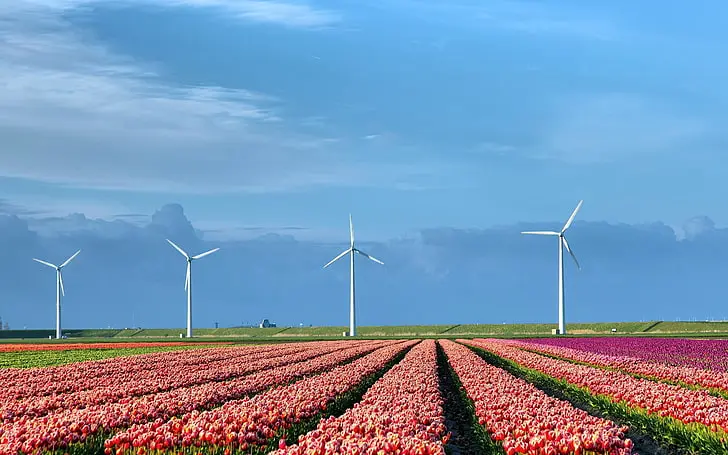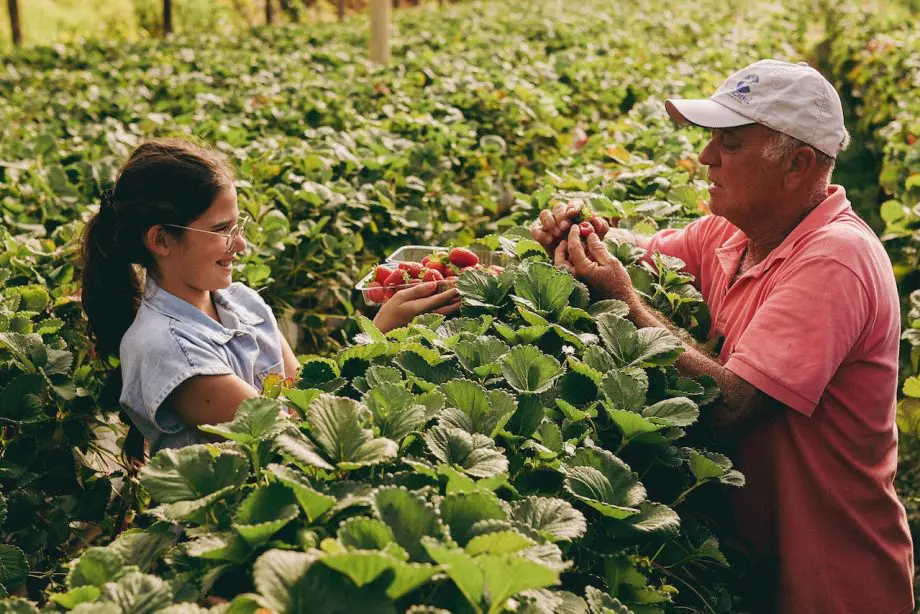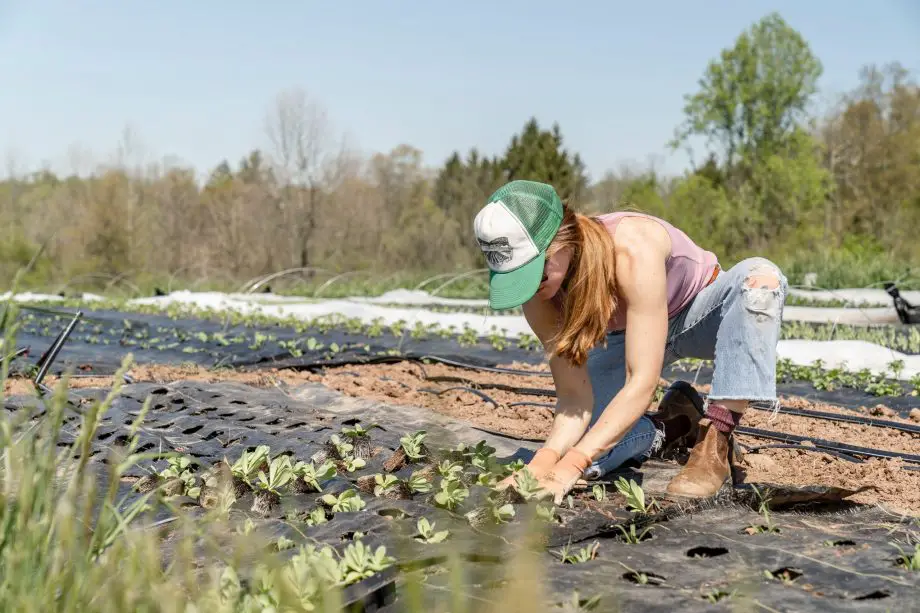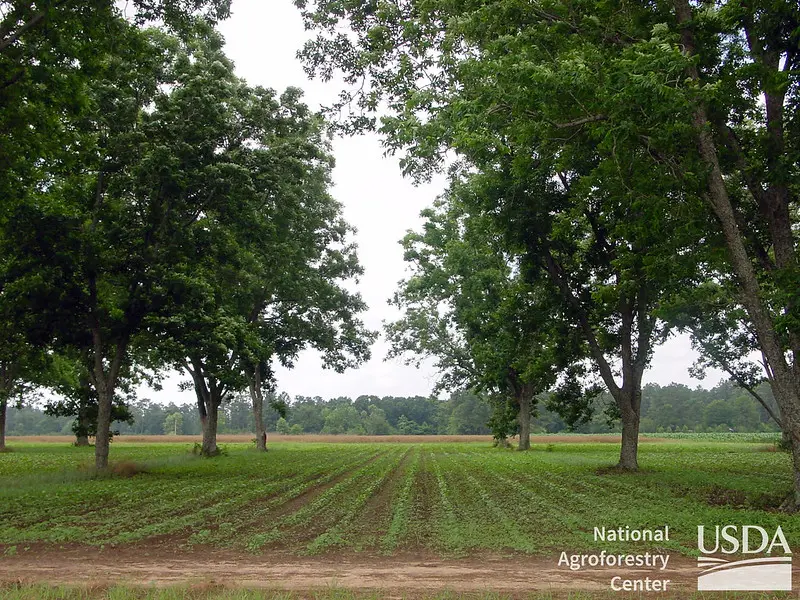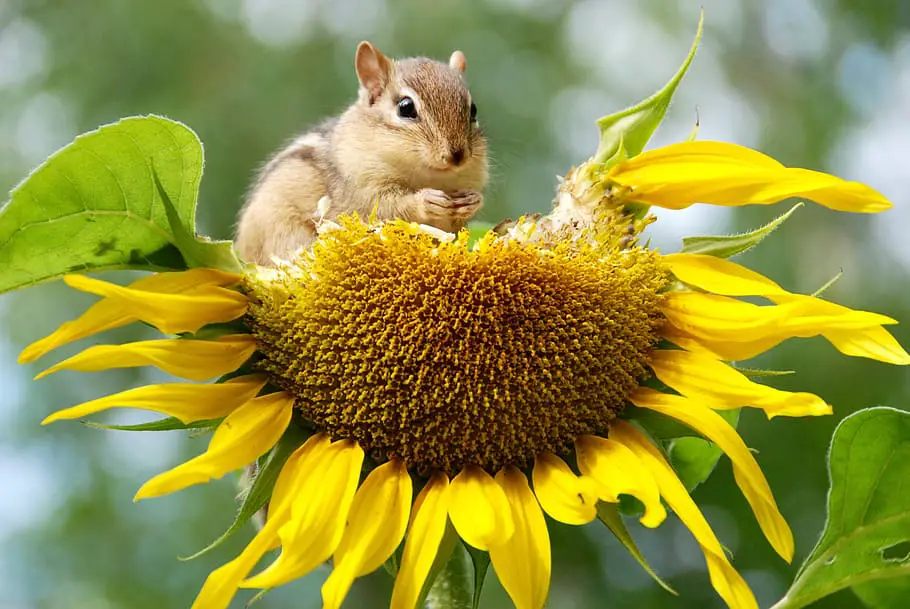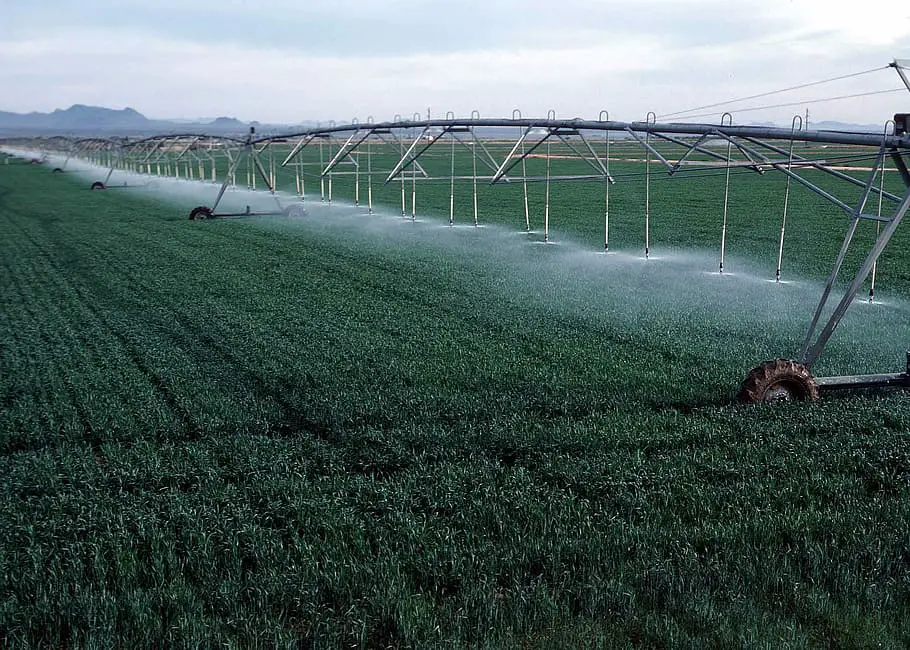
How does no till farming prevent soil erosion? Dive into a world where crops thrive, and nature smiles back. Let’s grow together!
Farming has been the backbone of human civilization for millennia. From the ancient Mesopotamian fields to the vast cornfields of modern America, the way we cultivate our food has continually evolved.
One of the most significant shifts in recent agricultural history is the move towards no-till farming.
But how does no till farming prevent soil erosion? What is it, and why is it becoming increasingly popular?
How Does No Till Farming Prevent Soil Erosion?
No-till farming prevents erosion by leaving crop residues on the field, which act as a protective layer against wind and water. This method avoids disturbing the soil, maintaining its structure, and reducing the risk of topsoil being washed or blown away. The undisturbed soil also promotes water infiltration, further minimizing erosion.
From the dawn of agriculture, humans have tilled the land, turning over the soil to prepare for the next crop. This age-old practice, while effective, has had its drawbacks.
Enter no-till farming, a method that promises not only to conserve our precious soil but also to usher in a new era of sustainable agriculture.
The Problem with Traditional Tillage
Traditional farming methods, particularly tilling or plowing, have been the norm for centuries.
While these methods prepare the land for sowing, they come with a significant downside: soil erosion.
Each time the soil is turned, it becomes vulnerable. Wind and rain can easily wash away the nutrient-rich topsoil, leading to land degradation.
This not only affects crop yields but also has broader environmental implications. As topsoil erodes, it can end up in waterways, leading to sedimentation and water pollution.
Moreover, the constant disruption of the soil ecosystem affects its health and fertility.
The No-Till Solution
In the vast tapestry of agricultural practices, one method stands out for its innovative approach to soil conservation: The No-Till Solution.
Gone are the days of turning the earth over and over, leaving it vulnerable to the whims of nature.
Instead, imagine fields blanketed with protective crop residues, a haven for biodiversity, and a testament to sustainable farming.
Let’s delve into this transformative approach and discover the myriad benefits it brings to our lands and lives.
No-till farming (also known as zero tillage or direct drilling) is an agricultural technique for growing crops or pasture without disturbing the soil through tillage. No-till farming decreases the amount of soil erosion tillage causes in certain soils, especially in sandy and dry soils on sloping terrain. https://en.wikipedia.org/wiki/No-till_farming
Principles of No-Till Farming
No-till farming is precisely what it sounds like: a method of farming where the soil isn’t tilled before planting.
Instead of turning the soil, farmers leave the crop residues on the field after harvest.
These residues act as a protective layer, shielding the soil from the elements.
When it’s time to plant the next crop, specially designed seeders penetrate this residue layer, placing seeds directly into the undisturbed soil.
Benefits of No-Till Farming
The advantages of no-till farming are manifold:
• Soil Protection: The primary benefit is the prevention of soil erosion.
The protective layer of crop residue ensures that the topsoil remains intact, even in adverse weather conditions.
• Water Conservation: No-till farming enhances water infiltration, reducing runoff.
This not only prevents soil erosion but also ensures that crops get the water they need.
Moreover, the residue layer reduces evaporation, ensuring that the soil remains moist for longer.
• Biodiversity: By not disturbing the soil, no-till farming promotes a diverse range of soil organisms.
Earthworms, beneficial bacteria, and fungi thrive in undisturbed soil, enhancing its fertility.
• Carbon Sequestration: No-till farming plays a role in combating climate change.
By not tilling the soil, carbon remains trapped in the ground, reducing the amount of CO2 released into the atmosphere.
• Economic Benefits: No-till farming is also economically advantageous.
Fewer passes over a field mean reduced fuel and labor costs. Plus, the reduced need for machinery means lower capital expenses for farmers.
Challenges and Drawbacks of No-Till Farming
Transitioning Difficulties
Switching to no-till farming isn’t without its challenges.
For farmers accustomed to traditional methods, there’s a steep learning curve.
The shift can lead to changes in pest species and diseases. For instance, the moist conditions favored by no-till can sometimes promote fungal diseases.
Limitations of No-Till
While no-till has many benefits, it’s not a one-size-fits-all solution.
In certain soil types, particularly those that are fine-textured and poorly drained, no-till can lead to reduced yields.
The cooler soil temperatures in spring, resulting from the residue cover, can also delay seed germination in colder regions.
The Future of No-Till Farming
Integration with Other Sustainable Practices
The future of no-till farming looks promising, especially when combined with other sustainable practices.
Crop rotation, for instance, can help combat the challenges of pests and diseases.
By rotating crops, farmers can disrupt the life cycles of pests, reducing their impact.
Success Stories
Farmers worldwide are reaping the benefits of no-till farming. Take John Aeschliman, for instance.
Three decades after adopting no-till farming on his Palouse farm, he now uses the system on all his land.
His story is a testament to the potential of no-till farming in revolutionizing agriculture.
No-Till Farming Benefits FAQs
Q. Why is traditional tillage harmful to the soil?
A. Traditional tillage disrupts the soil structure, making it vulnerable to erosion by wind and water.
Q. How does no-till farming conserve water?
A. No-till farming enhances water infiltration, reducing runoff, and the residue layer reduces evaporation.
Q. What are the economic benefits of no-till farming for farmers?
A. Reduced fuel, labor, and machinery costs make no-till farming economically advantageous.
Q. Are there any crops unsuitable for no-till farming?
A. Wetland rice and root crops like potatoes are challenging to grow using no-till methods.
Q. How does no-till farming contribute to carbon sequestration?
A. Undisturbed soil traps carbon, reducing the amount of CO2 released into the atmosphere.
In conclusion, no-till farming offers a sustainable alternative to traditional farming methods. While it’s not without its challenges, its benefits for the soil, environment, and farmers make it a promising avenue for the future of agriculture. As the world grapples with climate change and food security, no-till farming might just be the revolution we need.
Benefits of No-Till Farming Conclusion
The evolution of farming practices has always been driven by the need to produce more while ensuring sustainability. No-till farming emerges as a beacon of hope in this context. By preserving the integrity of the soil, conserving water, and promoting biodiversity, it addresses many of the challenges posed by traditional farming methods. While transitioning to no-till might come with its set of challenges, the long-term benefits for the environment, economy, and food security are undeniable. As we look towards a future where sustainable practices become paramount, embracing methods like no-till farming will be crucial. It’s not just about growing food; it’s about nurturing the very land that sustains us.


